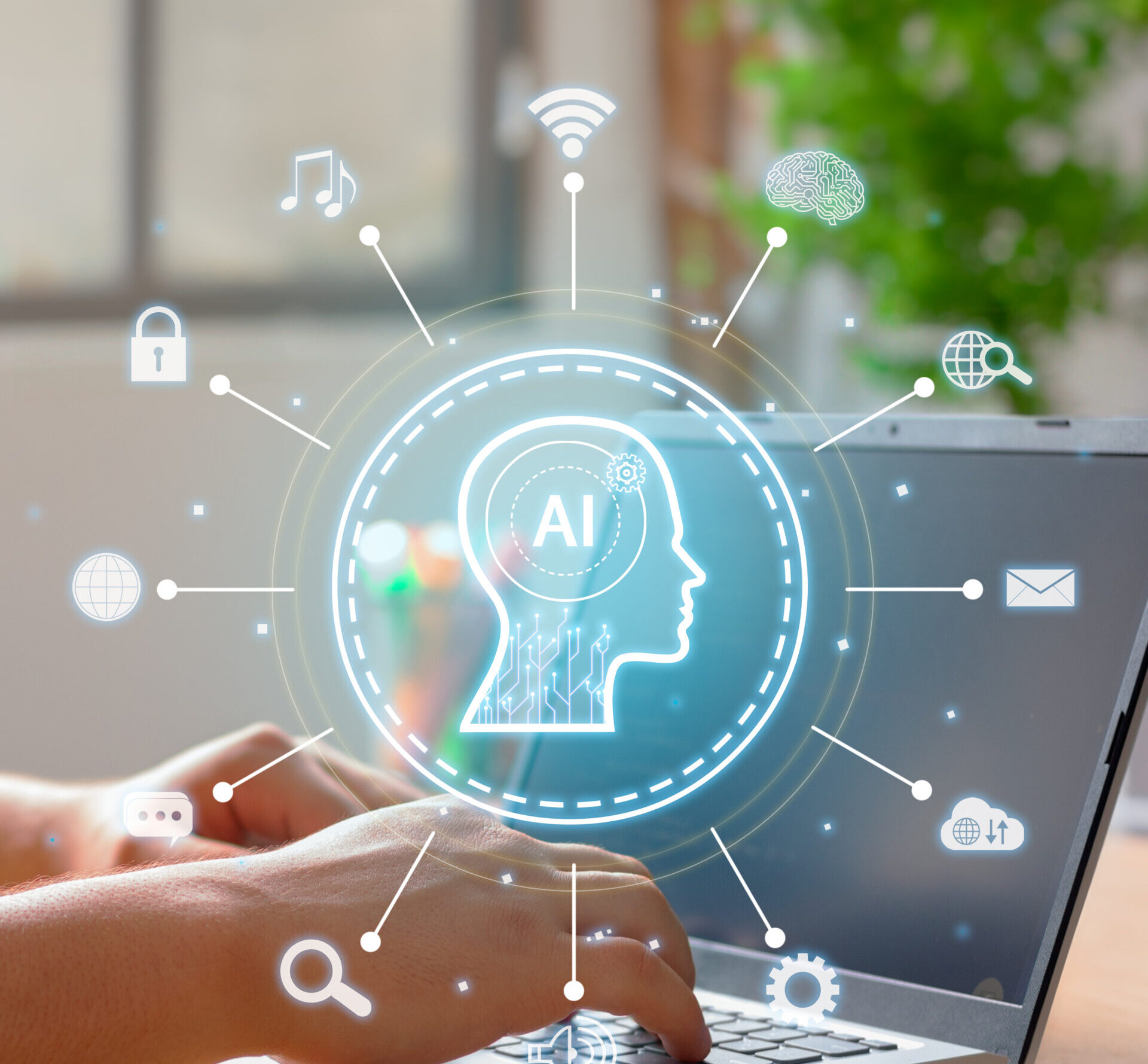The Future of Digital Twin Technology: Trends and Innovations
Digital Twin technology is rapidly evolving, offering unprecedented opportunities for businesses to enhance efficiency, optimize operations, and drive innovation. As we look to the future, several key trends and innovations are set to shape the landscape of Digital Twin technology. Here’s what to expect:
- Integration with the Internet of Things (IoT)
Trend Overview:
The integration of Digital Twin technology with IoT is transforming how businesses monitor and manage their assets. IoT devices continuously collect data from physical assets, which is then used to update their digital counterparts in real-time.
Innovations:
- Enhanced Real-Time Monitoring: IoT sensors provide continuous streams of data, enabling more accurate and real-time digital twin updates.
- Predictive Maintenance: The combination of IoT data and digital twins allows for advanced predictive maintenance, reducing downtime and extending the lifespan of assets.
- Smart Manufacturing: Digital twins integrated with IoT can optimize manufacturing processes, improve quality control, and reduce waste.
- Artificial Intelligence (AI) and Machine Learning (ML) Integration
Trend Overview:
AI and ML are enhancing the capabilities of Digital Twin technology, enabling more sophisticated analysis, prediction, and optimization.
Innovations:
- Advanced Predictive Analytics: AI algorithms analyze historical and real-time data to predict future performance and potential failures.
- Automated Decision-Making: ML models embedded in digital twins can make automated adjustments to improve efficiency and performance.
- Anomaly Detection: AI-powered digital twins can detect anomalies in real-time, alerting operators to potential issues before they escalate.
- Augmented Reality (AR) and Virtual Reality (VR) Integration
Trend Overview:
The integration of AR and VR with Digital Twin technology provides immersive visualization and interaction capabilities, enhancing training, maintenance, and operational management.
Innovations:
- Immersive Training Simulations: AR and VR create realistic training environments where employees can interact with digital twins of equipment and systems.
- Enhanced Maintenance and Repair: Technicians can use AR to overlay digital twin data onto physical assets, guiding them through complex repair procedures.
- Virtual Collaboration: Teams can use VR to collaborate in a virtual space, interacting with digital twins of assets to plan and troubleshoot.
- Expansion into New Industries
Trend Overview:
While Digital Twin technology is well-established in industries like manufacturing and aerospace, its adoption is expanding into new sectors such as healthcare, smart cities, and energy.
Innovations:
- Healthcare: Digital twins of medical devices and even human bodies can optimize device performance and personalize patient care.
- Smart Cities: Urban planners use digital twins to simulate and optimize city infrastructure, improving traffic flow, energy usage, and emergency response.
- Energy: Digital twins help in managing and optimizing energy production and distribution, supporting the transition to renewable energy sources.
- Scalability and Interoperability
Trend Overview:
As the complexity of systems and networks grows, the scalability and interoperability of Digital Twin technology become critical.
Innovations:
- Cloud-Based Digital Twins: Cloud platforms provide scalable infrastructure to manage large and complex digital twins, ensuring they can grow with the business needs.
- Standardization: Efforts towards standardizing digital twin formats and protocols are enhancing interoperability across different systems and industries.
- Edge Computing: Combining digital twins with edge computing allows for processing data closer to the source, reducing latency and improving real-time decision-making.
- Sustainability and Environmental Impact
Trend Overview:
Digital Twin technology is playing a significant role in promoting sustainability by optimizing resource usage and reducing environmental impact.
Innovations:
- Resource Optimization: Digital twins can simulate and optimize the use of resources, such as water and energy, minimizing waste and reducing costs.
- Sustainable Product Design: Manufacturers use digital twins to design products with minimal environmental impact, from production to end-of-life disposal.
- Environmental Monitoring: Digital twins can model environmental systems, helping in monitoring and managing natural resources more effectively.
Conclusion
The future of Digital Twin technology is bright, with continuous advancements enhancing its capabilities and expanding its applications. By integrating with IoT, AI, AR/VR, and other emerging technologies, digital twins are set to revolutionize industries, drive innovation, and promote sustainability. Businesses that embrace these trends and innovations will be well-positioned to leverage the full potential of Digital Twin technology, gaining a competitive edge in an increasingly digital world.
For more insights and to learn how our Partner Digital Twin as a Platform Service (DTaaPS) can benefit your business, please contact us at [email protected]
